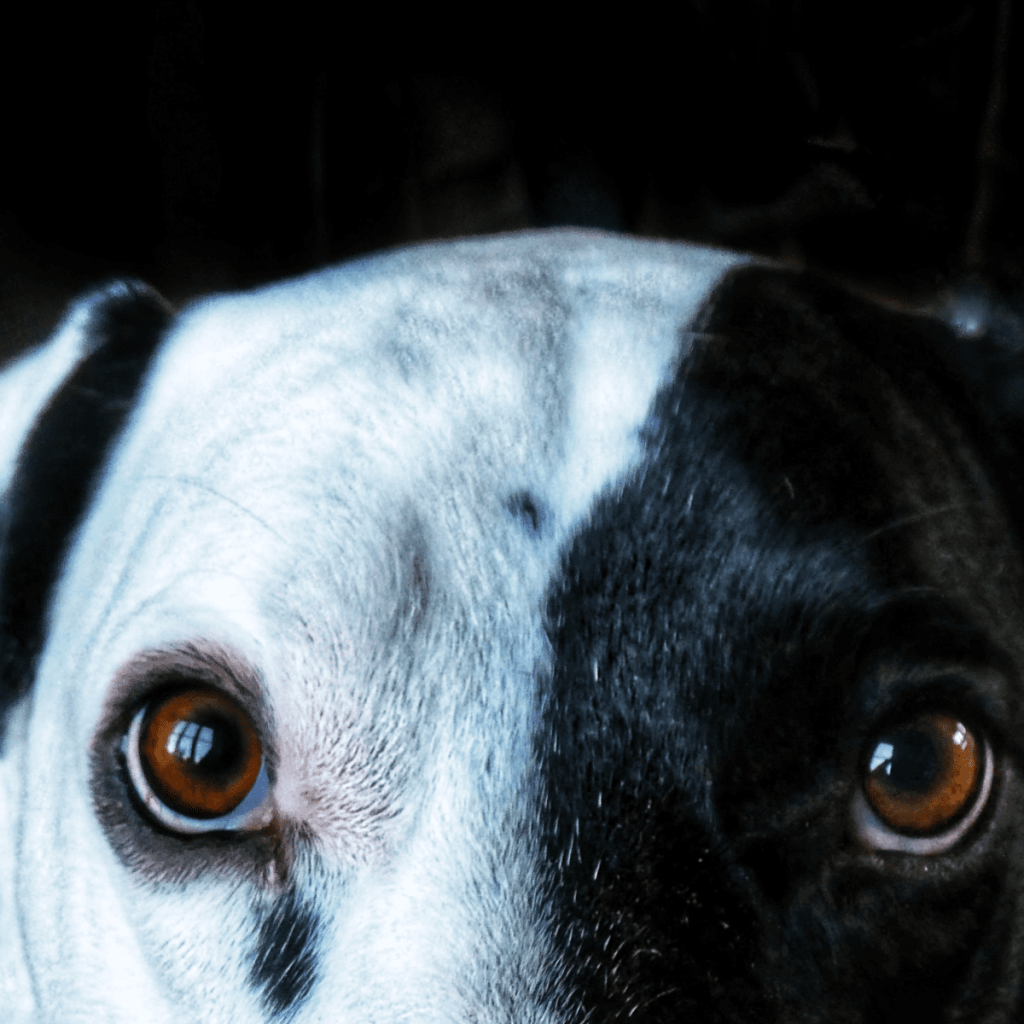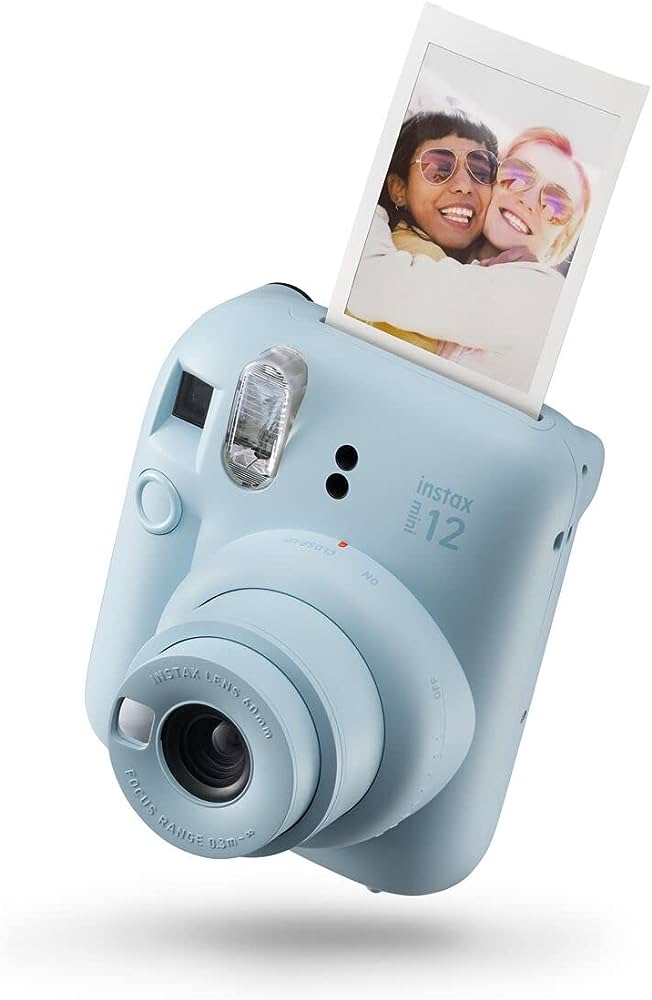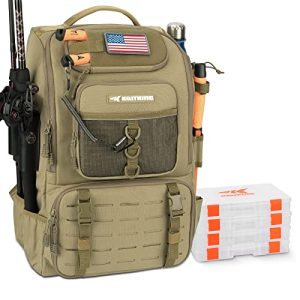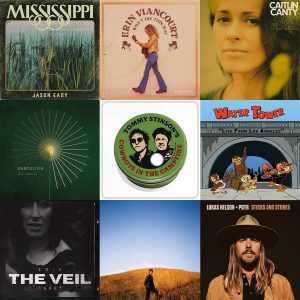Contents
- Understanding the Intense Gaze
- Reasons Behind the Intense Gaze
- Factors Affecting Intensity of the Gaze
- Tips for Capturing the Intense Gaze
- Understanding the Impact of Eye Contact in Photography
- Capturing the Intense Gaze: Technical Aspects
- Artistic Interpretation of the Intense Gaze
- Psychological Perspectives on the Intense Gaze
- The Role of Intense Gaze in Visual Storytelling
- Ethical Considerations and Animal Welfare
Have you ever noticed the captivating intensity in a dog’s gaze when it stares directly into a camera? It’s as if their eyes hold a thousand stories waiting to be told. In this article, we explore the phenomenon of the intense gaze exhibited by our furry friends when they lock eyes with a camera lens. Discover the possible reasons behind this behavior and gain a deeper understanding of the connection between dogs and the art of photography. Get ready to be mesmerized by those soulful eyes!
Understanding the Intense Gaze
Body Language Communication
Dogs, just like humans, communicate through various forms of body language. Among these non-verbal cues, the intense gaze is one of the most noticeable and intriguing. When a dog stares at the camera, or anyone or anything else for that matter, it is a form of communication. Dogs use their eyes to convey a range of emotions and intentions, and understanding the meaning behind the intense gaze can provide valuable insights into their thoughts and feelings.
Curiosity and Attention
One of the reasons behind a dog’s intense gaze is curiosity and attention. When a dog stares at the camera, it is often because they are curious about the camera itself or the person holding it. Dogs have a natural curiosity about their surroundings, and the presence of a camera can pique their interest. Additionally, dogs are known to pay close attention to their humans, and if they notice someone focusing on them with a camera, their natural curiosity will draw them in.
Seeking Connection and Affection
Another reason behind the intense gaze is the dog’s desire for connection and affection. Dogs are social animals, and they thrive on companionship and interaction with their human counterparts. When a dog stares at the camera, they may be seeking a connection with the person behind it. Dogs often use eye contact as a way to initiate bonding and strengthen the emotional connection with their humans. By staring at the camera, they are essentially trying to engage with the person on the other side and seek affectionate attention.
Reasons Behind the Intense Gaze
Feeling Relaxed and Secure
Dogs that feel relaxed and secure in their environment are more likely to exhibit an intense gaze. When a dog feels safe and comfortable, they are more likely to engage in eye contact, including staring at the camera. This is a sign that they trust their surroundings and the people present, allowing them to let their guard down and express their curiosity or desire for connection.
Seeking a Reward
Dogs are highly motivated by rewards, whether it be treats, toys, or praise. When a dog stares at the camera, they may be expecting a reward for their behavior. Dogs are smart, and they quickly learn that certain behaviors can lead to positive outcomes. If they have been rewarded in the past for looking at the camera, they are likely to repeat that behavior in hopes of receiving another reward.
Possessing a High Prey Drive
Some dogs have a higher prey drive compared to others. Dogs with a strong prey drive are more likely to have an intense gaze, especially when faced with something that captures their attention or triggers their hunting instincts. This could be a toy, a moving object, or even a camera lens. The intense gaze in these dogs is a result of their instinctual focus on potential prey.
Reacting to Prevailing Environment
The environment in which a dog finds themselves can influence their gaze. Dogs are highly adaptable and responsive to their surroundings. If they are in an environment that is particularly stimulating, such as a busy park or during a play session, they may exhibit an intense gaze as a way to focus their attention and stay alert. Similarly, if a dog feels threatened or intimidated, they may use an intense gaze as a means of assessing the situation and responding accordingly.
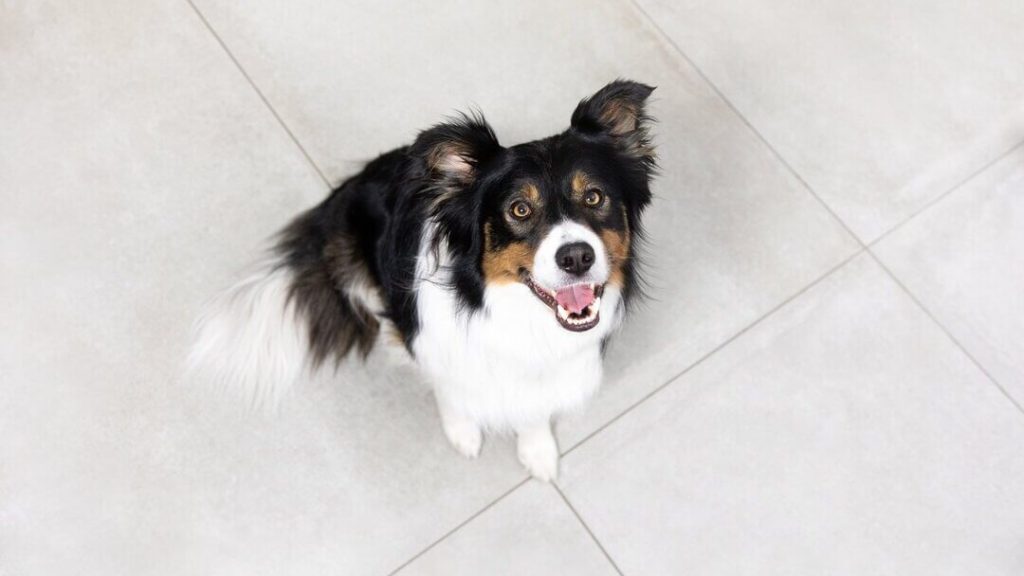
Factors Affecting Intensity of the Gaze
Breed Characteristics
Different dog breeds have distinct characteristics and temperaments, which can influence the intensity of their gaze. Some breeds, such as the Border Collie or the German Shepherd, are known for their intense focus and ability to maintain eye contact. On the other hand, breeds like the Siberian Husky or the Greyhound may have a more aloof gaze. Understanding the breed characteristics can give insights into why some dogs have a more intense gaze than others.
Training and Socialization
The way a dog is trained and socialized can also affect the intensity of their gaze. Dogs that have received proper training and socialization are more likely to have control over their gaze and exhibit appropriate behaviors. They understand cues and commands, respond to their human’s instructions, and can maintain eye contact for longer periods without becoming distracted. Training and socialization play a crucial role in shaping a dog’s behavior, including the intensity of their gaze.
Individual Personality Traits
Every dog has its own unique personality, just like humans do. Some dogs are naturally more outgoing and attention-seeking, while others are more reserved and independent. These personality traits can influence the intensity of a dog’s gaze. Outgoing and attention-seeking dogs may have a more intense and persistent gaze, as they seek constant interaction and connection. Reserved and independent dogs may not engage in intense gazes as frequently, but when they do, it is often for a specific purpose or out of genuine interest.
Tips for Capturing the Intense Gaze
Establish Trust and Comfort
To capture the intense gaze in a photograph, it is important to establish trust and comfort with the dog. Dogs are highly attuned to their environment and the people around them, and they are more likely to exhibit an intense gaze when they feel safe and secure. Spend some time getting to know the dog, allowing them to become familiar with the camera and the photographer. Offer treats and praise to build a positive association with the camera.
Use Treats and Toys
Using treats and toys can help grab the attention of the dog and encourage them to maintain an intense gaze. Hold treats close to the camera or use a toy that makes noises to attract their attention. By associating the camera with positive rewards, the dog will be more inclined to stare at it for longer periods, providing a great opportunity to capture the desired intense gaze.
Timing and Patience
Timing is crucial when trying to capture the intense gaze. Dogs can be easily distracted, so it is important to choose the right moment when they are naturally focused or intrigued. It may take some time and patience to wait for the perfect opportunity, but the end result will be worth it. Be observant and ready to capture the moment when the dog’s gaze becomes intense and captivating.
Engage in Playful Interactions
Engaging in playful interactions with the dog can help elicit an intense gaze. Play games like fetch or tug-of-war to capture their attention and create an energetic environment. Dogs are more likely to exhibit an intense gaze when they are actively participating in a fun activity. Use this opportunity to take candid photos that truly reflect their engaged and focused expression.
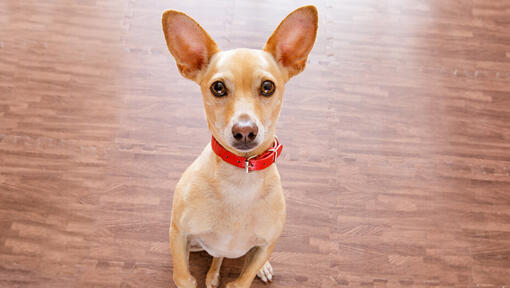
Understanding the Impact of Eye Contact in Photography
Emotional Connection and Engagement
Eye contact plays a crucial role in establishing emotional connection and engagement in photography. When a dog stares directly at the camera, it creates a sense of connection between the viewer and the subject. This emotional connection can evoke feelings of warmth, affection, and curiosity, drawing the viewer deeper into the photograph.
Expressing Personality and Mood
The intense gaze captured in a photograph can be a powerful tool for expressing a dog’s personality and mood. Dogs, like humans, have a wide range of emotions, and the intensity of their gaze can reflect those emotions. A joyful, bright-eyed gaze can convey happiness and excitement, while a focused and intense gaze may indicate determination or curiosity. The ability to capture these different expressions can bring depth and character to the photograph.
Enhancing the Photographic Composition
The intense gaze of a dog can also enhance the overall composition of a photograph. It adds a focal point and draws the viewer’s attention to the subject’s eyes, which are often considered the windows to the soul. The gaze can create a sense of depth and intimacy, making the photograph more visually captivating. By using the intense gaze as a compositional element, photographers can create visually stunning and emotionally resonant images.
Capturing the Intense Gaze: Technical Aspects
Lens and Focal Length Selection
Choosing the right lens and focal length is crucial for capturing the intense gaze effectively. A lens with a wide aperture, such as a prime lens with a low f-stop, can help create a shallow depth of field and blur the background, placing the focus solely on the dog’s eyes. Additionally, a longer focal length, such as a telephoto lens, can allow photographers to capture the intense gaze from a distance without disturbing the dog’s natural behavior.
Focus and Depth of Field
Achieving precise focus on the dog’s eyes is essential when capturing the intense gaze. Using single-point autofocus or manual focus can help ensure that the eyes are sharp and in focus. Additionally, controlling the depth of field through aperture settings can enhance the impact of the intense gaze. A shallow depth of field can isolate the eyes and create a dreamy, ethereal effect, while a deeper depth of field can provide more context and detail in the photograph.
Lighting Considerations
Proper lighting is essential for capturing the details and emotions in a dog’s gaze. Natural light is often preferable, as it can create a soft and flattering illumination. When shooting outdoors, photographers should consider the quality and direction of light, avoiding harsh shadows or overexposure. Indoor photographers can utilize diffused or indirect light sources to create a gentle and even illumination. The lighting should enhance the intensity of the gaze without overpowering or distracting from the subject.
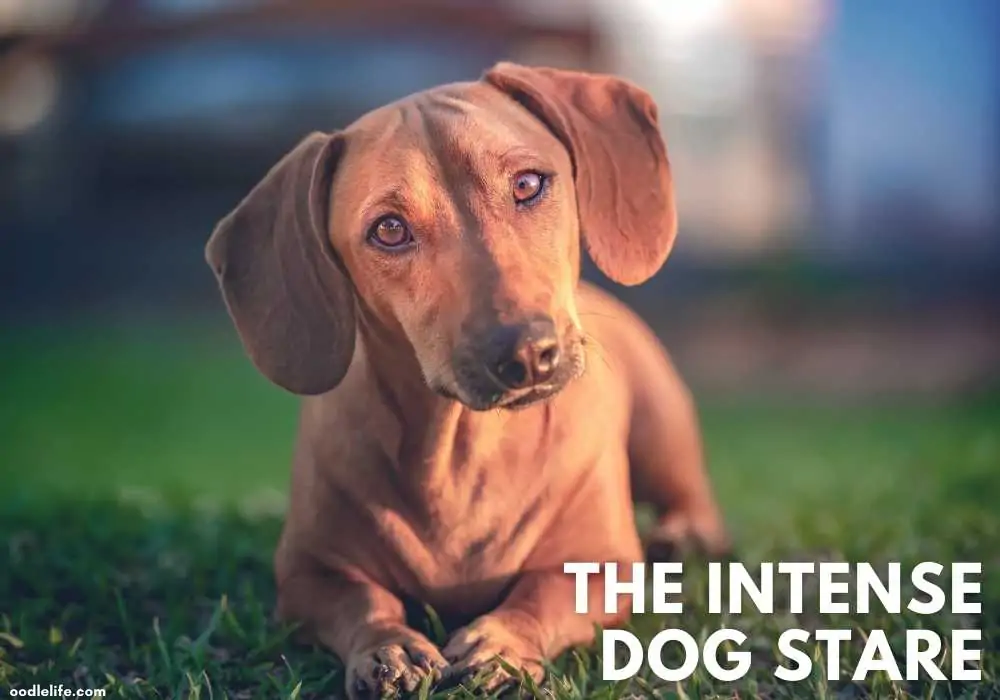
Artistic Interpretation of the Intense Gaze
Black and White Photography
Black and white photography can add a timeless and artistic element to the intense gaze. By eliminating color distractions, black and white images draw attention to the contrast, textures, and emotions in the photograph. The powerful gaze of a dog captured in black and white can evoke a sense of nostalgia, mystery, or elegance, creating a visually impactful and emotionally charged image.
Creative Lighting Techniques
Experimenting with creative lighting techniques can elevate the intensity of the gaze. Using dramatic lighting, such as side lighting or backlighting, can create intriguing shadows and highlights that highlight the dog’s eyes. Silhouetting the dog against a bright background can also emphasize the intensity of the gaze, creating a visually striking image. By thinking outside the box and exploring various lighting techniques, photographers can add a unique and artistic twist to the intense gaze.
Experimenting with Different Perspectives
Exploring different perspectives can bring new dimensions and visual interest to the intense gaze. Photographing from low angles can make the dog appear larger and more dominant, emphasizing the intensity of their gaze. Shooting from above can create a vulnerable and innocent look, eliciting empathy and tenderness. By experimenting with different heights and angles, photographers can capture the diversity of the intense gaze and create compelling compositions.
Psychological Perspectives on the Intense Gaze
Attachment and Bonding
The intense gaze between dogs and humans can foster a sense of attachment and bonding. Humans have a natural inclination to establish eye contact and seek connection through gaze. Dogs, being highly perceptive of their human companions, respond to this desire for connection and reciprocate by establishing eye contact. This mutual gaze can strengthen the bond between dogs and humans, promoting feelings of trust, love, and security.
Emotional States and Well-being
Research suggests that eye contact, including the intense gaze, can have a positive impact on emotional states and overall well-being. When dogs engage in eye contact, it triggers the release of oxytocin, often referred to as the “love hormone,” in both the dog and the human. This hormone is associated with feelings of happiness, relaxation, and attachment. The intense gaze can evoke these positive emotions, promoting a sense of well-being for both the dog and the human.
Mirror Neurons and Empathy
Mirror neurons play a crucial role in empathy and understanding the emotions of others. When a dog stares at the camera, it can elicit a similar response in the person behind it. The intense gaze creates a mirror neuron response, where the viewer empathizes with the dog and recognizes their emotions. This empathetic connection can deepen the emotional impact of the photograph and create a powerful and lasting impression.
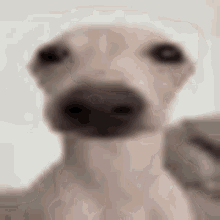
The Role of Intense Gaze in Visual Storytelling
Conveying Emotion and Narratives
The intense gaze in photography can be a powerful tool for visual storytelling. It allows photographers to capture and convey a wide range of emotions and narratives. From joy and excitement to fear and vulnerability, the intensity of the gaze can communicate and evoke specific emotions in the viewer. It tells a story, providing a glimpse into the inner world of the dog and inviting the viewer to imagine the thoughts and feelings behind the gaze.
Establishing Character and Identity
The intense gaze can also play a vital role in establishing the character and identity of the subject. Each dog has its own unique personality and traits, which can be reflected in their gaze. A confident and assertive dog may have a direct and unwavering gaze, while a shy and timid dog may have a more fleeting and cautious gaze. By capturing the intense gaze, photographers can reveal the intricacies of a dog’s character and create a visual representation of their individual identity.
Developing Visual Themes
The intense gaze can be a recurring visual theme in photography, creating a sense of continuity and cohesion. By capturing the intense gaze across a series of photographs, photographers can develop a visual narrative and explore different aspects of a dog’s personality and emotions. This visual theme can provide a deeper understanding and connection to the subject, inviting the viewer to explore the nuances and complexities of the intense gaze.
Ethical Considerations and Animal Welfare
Respecting Consent and Boundaries
When photographing dogs, it is important to respect their consent and boundaries. Not all dogs are comfortable with intense gazes or being photographed. Pay attention to their body language and signs of discomfort, and always prioritize their well-being over capturing the perfect shot. If a dog shows signs of stress or anxiety, it is essential to stop the photography session and provide a safe and supportive environment for the dog.
Ensuring Safety and Comfort
The safety and comfort of the dog should be the top priority when capturing the intense gaze. Ensure that the environment is free from hazards or potential sources of stress. Use positive reinforcement techniques and reward-based training to create a positive association with the camera. Avoid using flash photography, as it can startle and distress dogs. Creating a calm and relaxed atmosphere will allow the dog to feel safe and comfortable, leading to more natural and genuine expressions.
Appropriate Handling of Animals
Photographers should always follow ethical guidelines and best practices when handling animals. Treat dogs with kindness, respect, and patience throughout the photography session. Be mindful of their physical limitations and avoid placing them in uncomfortable positions. Never force a dog into an intense gaze or subject them to stressful situations for the sake of a photograph. It is essential to prioritize the well-being and happiness of the dog above all else.
In conclusion, the intense gaze of a dog can convey a multitude of emotions, intentions, and stories. Understanding the reasons behind the intense gaze, factors influencing its intensity, and the impact it has on photography and human-dog interactions can help photographers capture this captivating expression. However, it’s important to approach the subject with empathy, respect, and ethical considerations, always prioritizing the well-being and comfort of our canine companions. So the next time a dog stares at the camera, take a moment to appreciate the depth of their gaze and the unique connection it fosters between humans and dogs.
